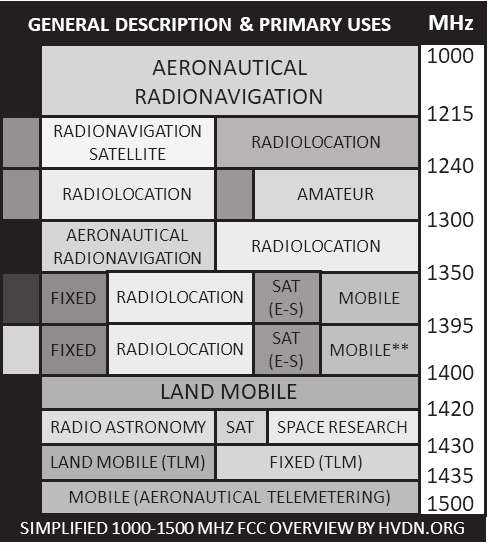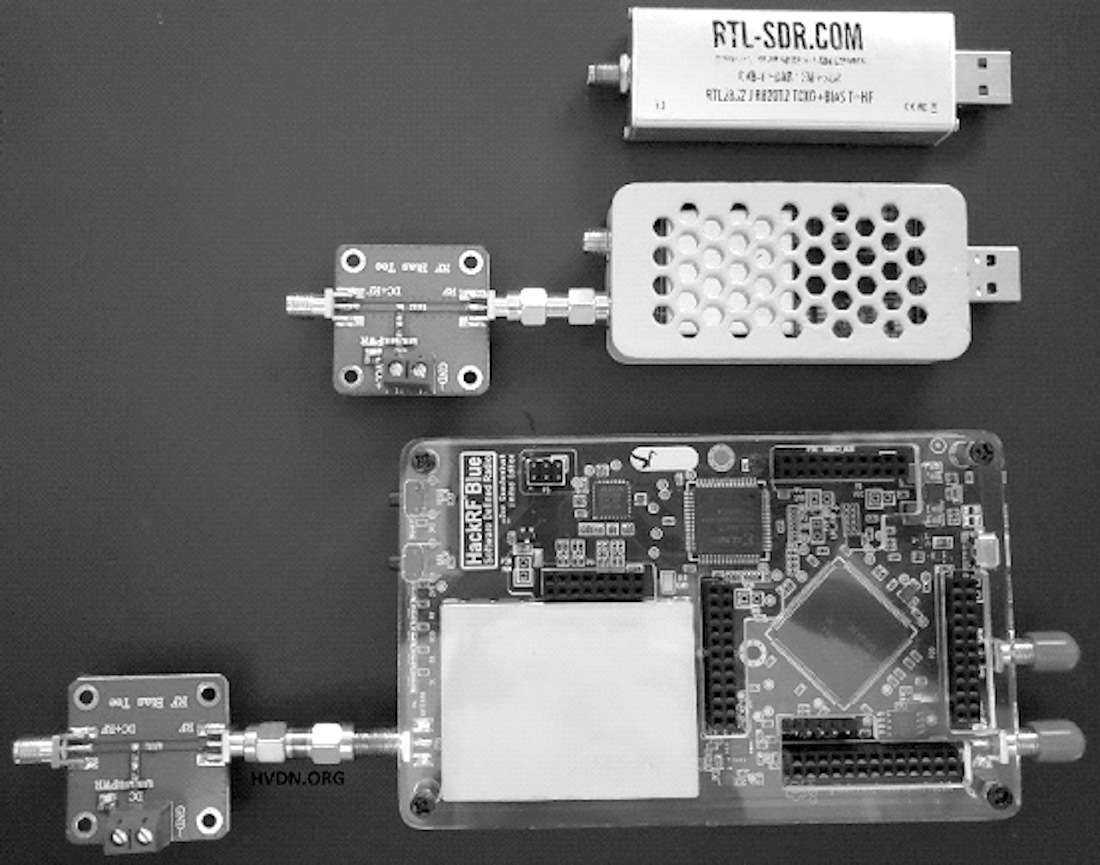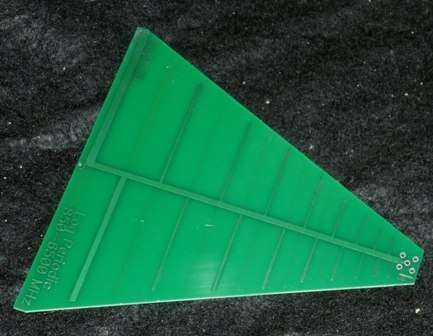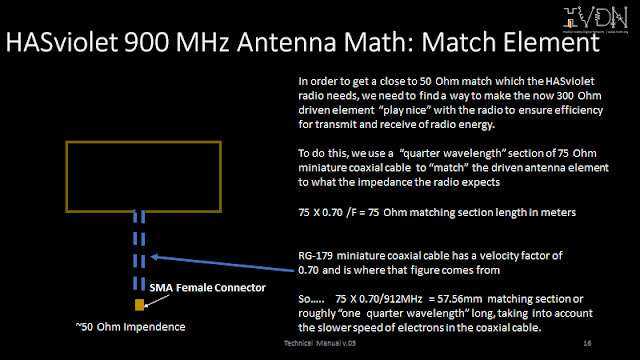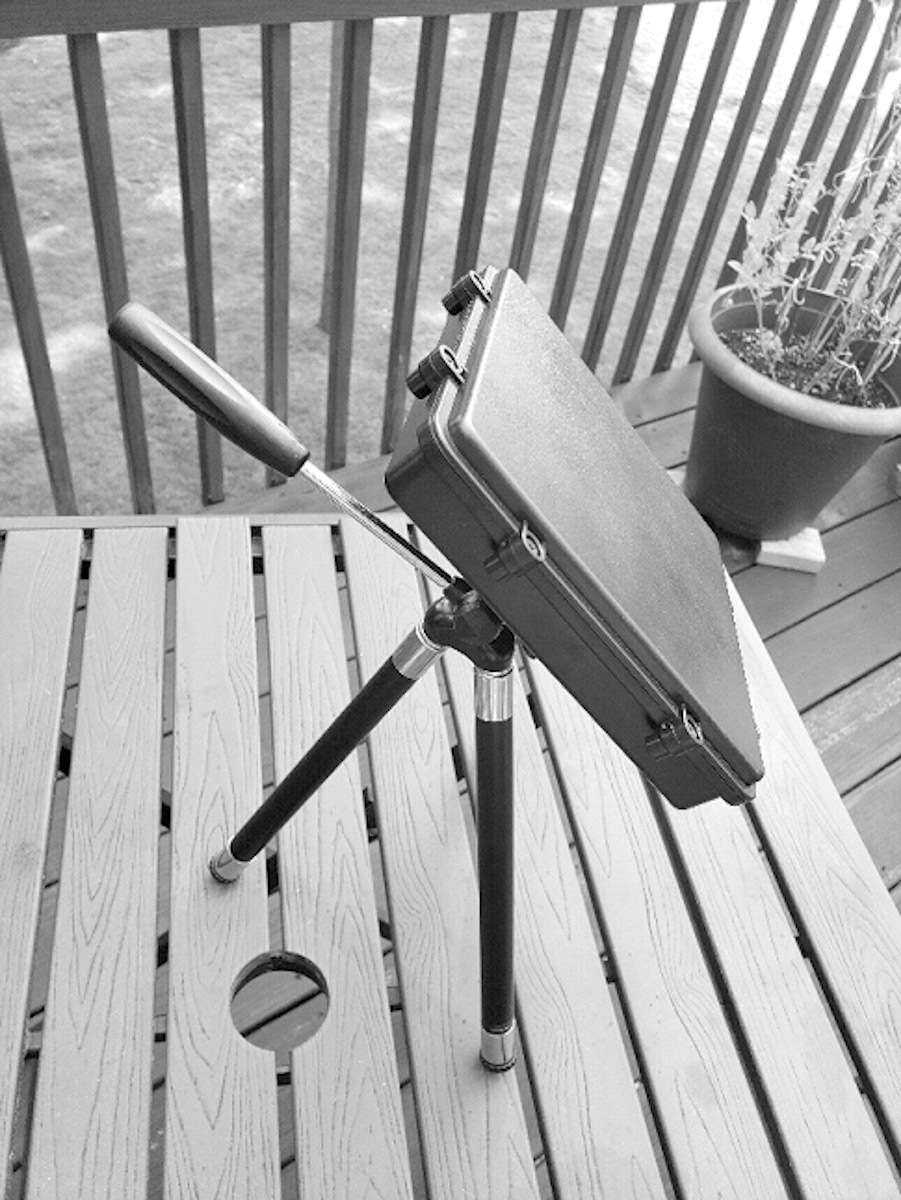L-Band: Frequencies and Equipment You Need to Know About
by Steve Bossert (K2GOG)
L-band is defined by IEEE as 1 to 2 GHz and there is a lot going on in this valuable chunk of spectrum that will be of interest to any radio hobbyist, regardless of if you are an amateur radio person or not.
In the United States, the Federal Communications Commission (FCC) visualizes the L-band like this:
For this article, we will dissect these charts into a short list of 30 discrete frequencies that are worth exploiting/exploring, but first let's look at the basic equipment you will need to monitor terrestrial or from orbit L-band communications.
Your First L-Band Receiver
A receiver for L-band is rather simple to acquire and you may already have one in your possession if you have heard of USB Software-Defined Radio (SDR) dongles. For under $40 USD, you can purchase this multi-use 24 MHz to 1766 MHz device such as the RTL-SDR V3 which has one feature that makes exploring/exploiting L-band spectrum a little easier.
A receiver like the RTL-SDR V3 includes a feature called a 4.5-volt bias-T which allows low-current, low-voltage to be sent over the antenna port to power external preamplifiers with minimal fuss.
While a high-gain antenna can be used which would not require a preamplifier, sometimes a smaller antenna for covert monitoring is a better idea and, therefore, having the option of the bias-T built is helpful.
To turn on this function in your SDR, a simple batch file needs to be run first to turn it on to be used with some software like SDR#, whereas some more advanced programs like SDRangel include a simple button to turn this on which is rather nice.
I won't go into super deep details on other devices you can use, such as the more expensive Airspy R2 which also has a bias-T, or the transmit capable infamous HackRF, its clones, or the Lime SDR family, or ADALM-PLUTO devices.
These later mentioned devices would work great for L-band monitoring but will require an external DC power bias-T to inject power over feedline to power downstream amplifiers.
So, therefore the RTL-SDR V3 is a nice gateway into the world of L-band monitoring.
Having access to the appropriate receiver is the important thing to stress here. Most signals will be narrow, which is fine for the 2.4 MHz bandwidth of the RTL-SDR, but other devices with wider bandwidth like the pictured Lime SDR Mini or HackRF Blue offer 10 MHz to 30 MHz of spectrum reception at one time, which may appeal to some of the astronomy-focused use cases in L-band.
You Need Three First L-Band Antennas!
If you already have an RTL-SDR V3, please take the included telescoping antenna kit it came with and please lose it fast.
These antennas will not be useful for L-band, regardless of what any marketing language says. There are three different antennas you should consider if you really want to get the most out of your L-band monitoring activities.
The first antenna you will want is one capable of operating on our first frequency of interest of 1090 MHz, which is where you can find ADS-B based aircraft transmissions.
A simple "mag mount" antenna would be fine for your portable kit or something a bit larger like a collinear if you plan for fixed L-band monitoring. Being able to monitor your local air traffic (civilian and military) makes for lots of interesting data to be analyzed.
Consider this antenna as your general-purpose antenna for terrestrial and aeronautical monitoring that does not need a directional focused application.
As a bonus, sub-GHz monitoring is possible for both the 978 MHz UAT aircraft tracking standard, along with many public service and ISM targets, not part of this article.
The second antenna to consider is a little more variable but would be some form of wideband directional antenna such as the PCB based log-periodic antenna designed and sold by Kent Britain (WA5VJB). These will cover almost all the L-band and work for terrestrial and signals floating above you.
Another option to consider which you can build is the HASviolet Project antenna designed by this article's author, Steve (K2GOG).
Both offer polarized reception across a wide tuning range and pack up flat for easy storage. Construction and technical dimensions can be found in the links at end of this article.
The third antenna you will want and may even wish to prioritize is what is called a patch antenna.
These are broad band and directional, but a little more specialized for satellite reception since this type of antenna offers what is called left- or right-hand circular polarization. This type of antenna offers more stable reception compared to the single plane directional antennae mentioned earlier.
Some patch antennae also include a built-in filter and preamplifier which can enhance reception even further for certain frequencies.
The patch antenna pictured works from 1525 MHz to 1660 MHz as an example and is very flexible when paired with a small tripod.
Doing Stuff Now That You Have the Hardware!
Let's finally talk about what you can do now that you have some fancy equipment which will also require the use of either a Linux or Windowz computer, depending on what may interest you.
Here is a short overview of some use cases and related frequencies:
- Aircraft! Use SDRangel software and the built-in ADS-B tools to visualize aircraft in your area by tuning to 1090 MHz or 978 MHz. If you are close to an airport, 1030 MHz may also be worth sniffing around, but will leave that up to you to learn what that is about to promote further learning. Alternate software like dump1090 and rtl_1090 can also be searched for.
- Satellite Phones? Iridium satellite constellation operates between 1616 MHz and 1626.5 MHz and a nice set of open-source tools to decode voice and text communications exists. You will need to point your antenna to the sky where these satellites live.
- Tracking Airplanes from Space! When aircraft are not within range of ground stations, satellites can track them and share location and other details with anyone monitoring the Inmarsat satellites in the 1525 MHz to 1559 MHz range. Emergency communications from not only aircraft but also boats can be viewed on a map using the Tekmanoid EGC/LES STD-C decoder along with other text communications, plus occasional voice.
- Locate GPS You may be amazed at how sensitive your smartphone is when it comes to receiving GPS satellites around 1575 MHz compared to what you will see on the spectrum waterfall of your favorite SDR software compared to the Inmarsat and other signals you will soon find.
- High-Resolution Weather Imagery Tuning around 1691 MHz and up to just below where mobile communications start over 1710 MHz will unlock some rather large files where, if you are lucky, you can see real-time weather. Aiming your antenna is important, if that was not already known!
- Looking for Life Elsewhere Hydrogen atoms resonate around 1420 MHz and might be where to see the universe expanding or signals from another planet appear. You have been warned.
- Killing Brain Cells Thanks to Amateur Radio With all the important things found in the L-band spectrum, even those ham radio people have 60 MHz of total valuable spectrum where they can goof off and send everything from DVB-S2 video signals or just simple Morse code plus voice communications. Currently, there are no stable amateur radio satellites in operation.
- Radiosonde High-altitude balloons can carry transmitters to share environmental details back on the ground and these can be very interesting to track with all your different antennas mentioned here.
- Secret Satellites If you have some spare time, use your directional antenna to survey different parts of the sky and keep track of where you find signals. It's easy to know when a signal is coming from space since you can usually just put your hand in front of your antenna and see the signal drop and ensure it's coming from up above.
Perhaps you may find some secret spy satellite since L-band is possibly considered the most valuable spectrum available, due to how well it works in all weather compared to higher frequencies which sometimes get blocked during storms.
Ethics of L-Band
It's worth mentioning that with so many important things taking place in L-band, you need to be careful with what you do with this information once you receive it with your inexpensive monitoring system and it's why some details are not included in this article.
If what you read intrigued you, there are many details available on the Interwebs for further reading. So, here are the frequencies you may wish to get started with:
| Frequency (MHz) | Description |
| 1030.0 | ADS-B Interrogator |
| 1090.0 | ADS-B/1090ES |
| 1176.45 | GPS L5 & GLONASS L5OCM & Baidou B2a & NavIC L5) |
| 1191.795 | Baidou B2a/B2b |
| 1202.025 | GLONASS L3OC |
| 1207.14 | GLONASS L3OCM & Baidou B2I/B2Q |
| 1227.60 | GPS L2 |
| 1246.0 | GLONASS L2 |
| 1248.06 | GLONASS L2OC & L2SC |
| 1268.52 | Baidou B3I/B3Q/B3A |
| 1294.0 | Amateur Region 3 FM Calling |
| 1296.1 | Amateur Region 3 CW/SSB Calling |
| 1296.2 | Amateur Region 1 CW/SSB Calling |
| 1297.5 | Amateur Region 1 FM Calling |
| 1381.05 | GPS L3 |
| 1420.0 | Hydrogen Line |
| 1544.5 | COSPAT-SARSAT |
| 1561.098 | Baidou B1Q |
| 1575.42 | GPS L1 & GLONASS L1OCM & Baidou B1C/B1/B1A |
| 1600.995 | GLONASS L1OC & L1SC |
| 1602.0 | GLONASS L1 |
| 1691.0 | GOES-10 WEFAX & MeteoSat & GMS |
| 1685.7 | GOES-10 GVAR PDUS & GOES-12 GVAR PDUS |
| 1694.1 | GOES-16 HRIT/EMWIN & GOES-17 HRIT/EMWIN |
| 1698.0 | NOAA-16 HRPT & NOAA-12 HRPT |
| 1702.5 | NOAA-15 HRPT |
| 1707.0 | NOAA-17 HRPT & NOAA-14 HRPT |
Antenna Links
